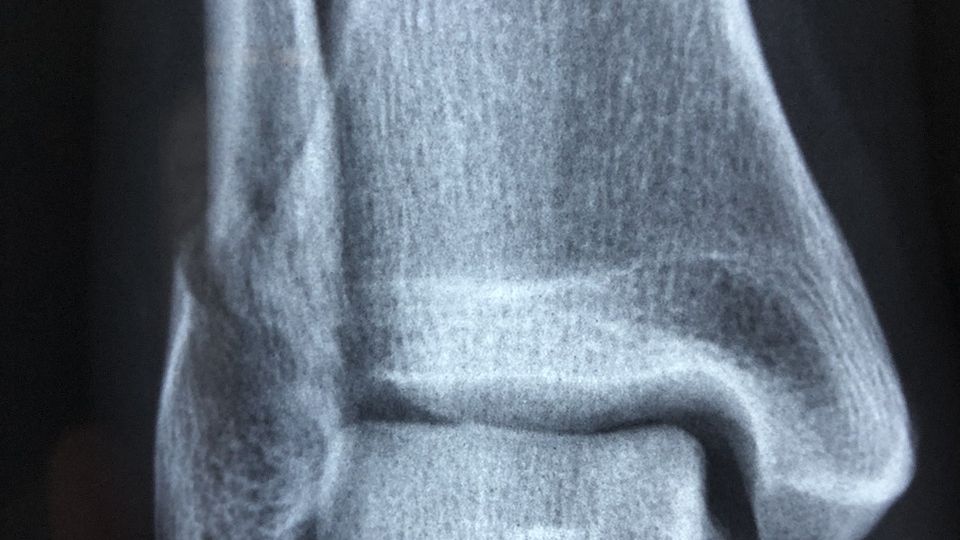
Using screws and plates for fracture fixations is a process with a lot of benefits in broken bone treatments. It’s also under a lot of developments in recent years, as researchers and experts refine these components for better comfort.
Today, we’ll be taking a closer look at the fascinating world of orthopedic plates, their history, and functionality.
Beginnings
The first person to propose tension band principles for fractures fixation was German physician, Friedrich Pauwels in 1980. This is an engineering principle that specifically identifies tensile forces that work to compress an eccentrically loaded bone. Tension bands, such as bone plates, are fixated across the bone’s tension point.
The result? If the plate has been properly applied, the compressive forces reduce the amount of distance a bone has to cover to regenerate its solid tissue. They must be obsessively secured with proper premature weight bearing, for consistent, predictable results. The screws that feature in these plate systems are also essential, as displacement and loss of reduction can take place unless things are kept under strict conditions.
So, early implants were created with solid stainless steel components. In these early cases, there’s actually some debate about whether completely rigid systems are better than flexible materials. Small amounts of what is called “micro-motion” at a fracture site have been shown to actually promote rapid regeneration through primary and secondary healing.
How They Work
When left to their own devices, broken bones will heal completely naturally as a result of endochondral or intramembranous ossification. Blood clots form to bridge the gap between the broken parts of your bone. Then they form a callous, to give it a stronger structure. Lastly, over the course of about a year, new bone will form over and around the callous to fully heal the fractured bone.
Ideally, during this process, your bone is going to be kept in place the entire time. If not, it might grow into a slightly skewed or deformed shape, which could have a knock-on effect on your comfort and mobility.
Plate systems help to keep your bones in line during any period in which they’re healing. Left to our own devices, most of us can’t fully immobilize certain bone like our ribs, limbs, or other high-pressure bones. Sneezes, coughs, and even unexpected laughter can all set back your regrowth in an instant without a plate system in place to keep our bones in-line.
Orthopedic Plates For Better Regrowth
Interested in learning more about the benefits of orthopedic plates from an industry leader? Visit Toby Orthopaedics today, for more on our flexor tendon repair, proximal humerus, and long bone fracture systems.

